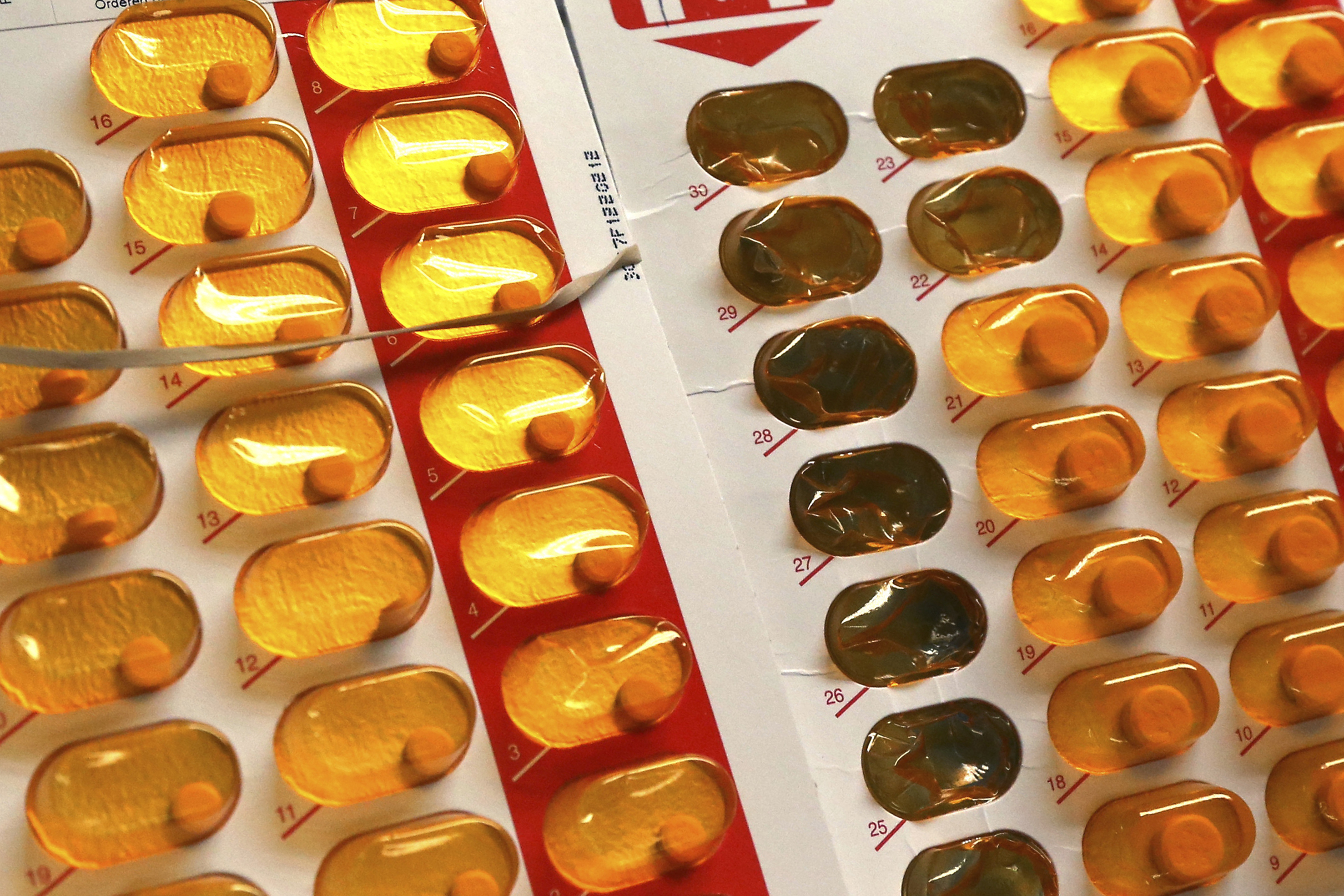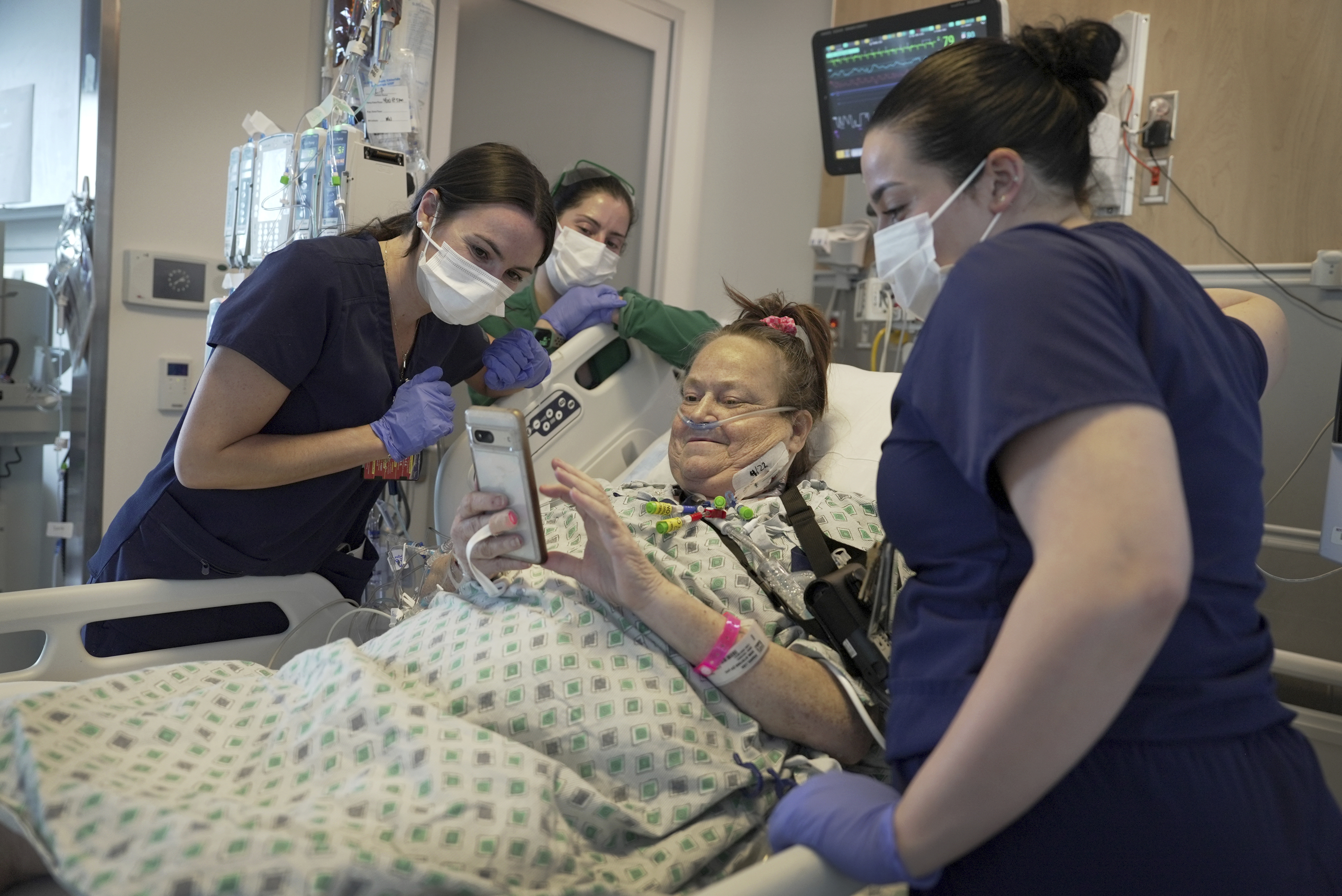Many breast cancer survivors suffer from a condition called lymphedema, but a new procedure can offer relief.
Lymphedema is a significant problem that can happen when lymph nodes, usually under the arm, are removed, which often happens during surgery for breast cancer, in some cases because the cancer spread to the lymph nodes.
With between 500 and 700 lymph nodes functioning as part of the immune system, the body has lymph nodes to spare, and they can be transplanted from one part of the body to another.
In his four months at MedStar Georgetown University Hospital, Dr. David Song has helped at least 20 patients by performing lymph node transplants.
"So any part of the body, there's 20, 30-plus lymph nodes, so we're trying to identify which ones are important through injection scanning," Song said.
Lymph nodes or vessels are a lot like veins, but they carry lymphatic fluid. When they are removed to stop the spread of cancer, "Then the arm cannot clear the fluid, the clear fluid that bathes all the cells, and so the arm will start to swell persistently," Song said.
Patricia Kollappallil had 10 lymph nodes removed during the mastectomy she had for aggressive breast cancer. She ended up with lymphedema in her right arm.
Health
"It's painful, it's swelling, it's uncomfortableness, stiffness," she said.
While people can live with lymphedema, it can lead to infections such as cellulitis and make patients susceptible to flesh eating bacteria.
Initially, Kollappallil used conventional methods to treat it.
"There are conservative ways, where that's all we had until recently -- lymphatic drainage, pumps, therapy -- and now we've got some really cool technologies that we're able to transplant lymph nodes that are functioning lymph nodes from other parts of the body," Song said.
The surgery is complicated and delicate.
"You can't just take lymph nodes and plop them there," Song said. "You have to take them with its blood supply. So these little blood vessels, the artery and vein that we have to connect or reconnect when we transplant lymph nodes, are less than one millimeter in diameter. So the thread or suture we use to connect those blood vessels are less than a third of the thickness of your hair."
Song uses microscope that magnifies what he's seeing by 40 times.
After the transplant, it takes a few months for the lymph nodes to settle in completely but patients immediately see and feel a difference.
"One of the first things immediately when I got out of surgery, I was in a lot of pain, but my arm, my right arm, felt fantastic," Kollappallil said.
Song said the success rate has been very good. After the surgery, patients see the swelling in their arms reduced by at least a third.



